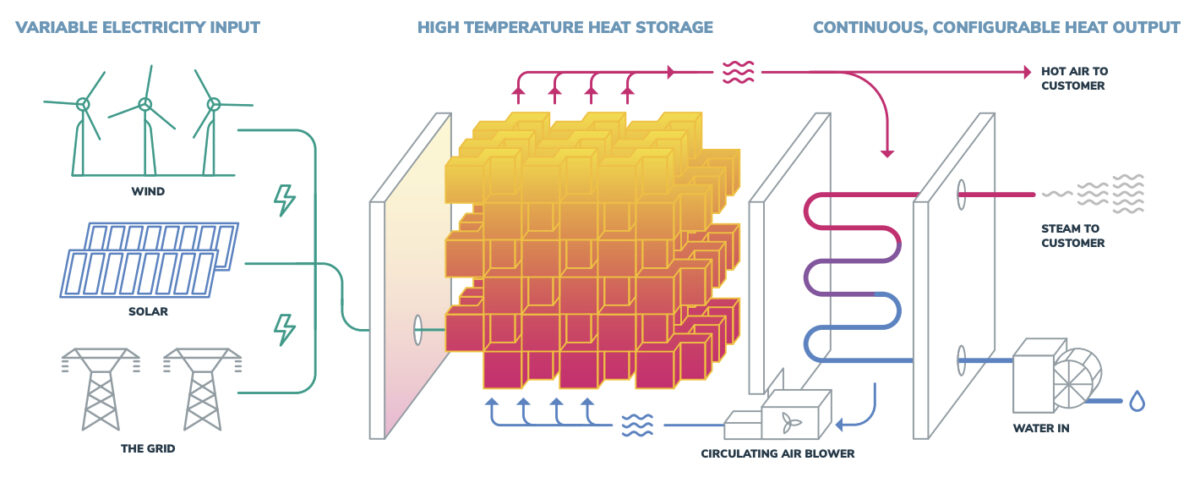Firebrick systems powered by renewable energy could be used for up to 90% of industrial process heat applications, the Stanford study says. Meeting that demand in the U.S. would require firebrick system capacity of 2.6 TWh, with a peak discharge rate of 170 GW.



I would think molten metal would be more effective for this, molten sodium or lead or something? Maybe some kind of Tin/Lead eutectic like old solder?
Firebricks just seem inefficient somehow, particularly since the heat isn’t going to be uniform, while molten metals or salts can circulate and convect the heat more efficiently than… air.
The main advantage of using what is basically dirt is that it’s dirt cheap. You need a metric fuckton of this stuff so the cheaper the material, the better. Also, molten metal is difficult to handle.
Their previous study also goes into efficiency and cost.
One of the main advantages of firebricks is their low cost.